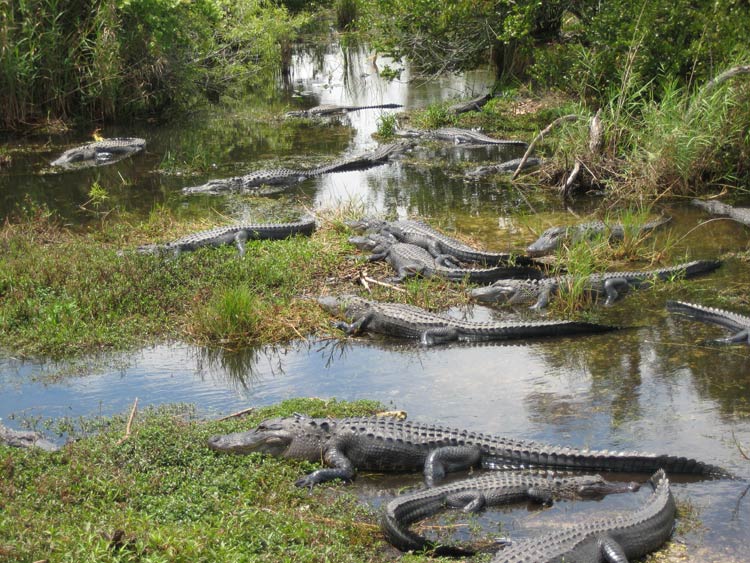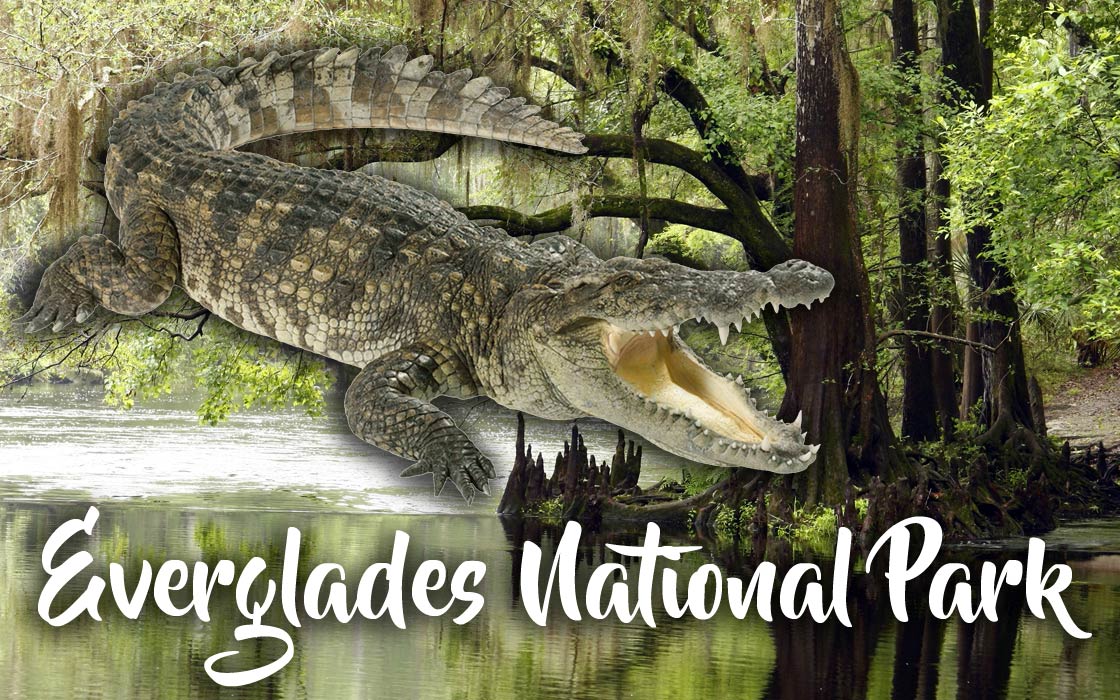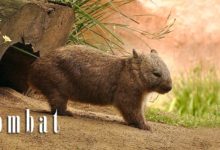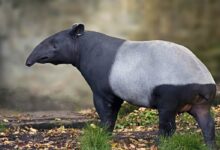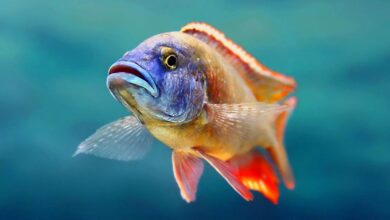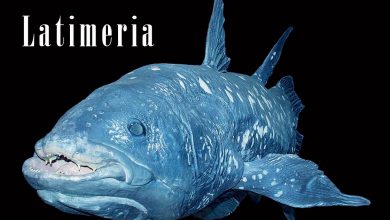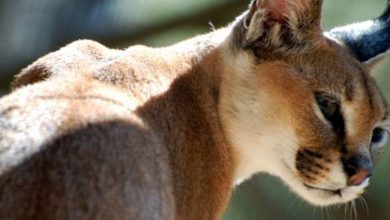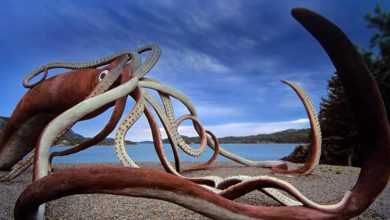Everglades National Park
Discovering Everglades National Park
Everglades National Park is a protected natural area located in southern Florida, United States. It covers over 1.5 million acres of wetlands and is home to a diverse array of wildlife, including alligators, panthers, manatees, and a variety of bird species. The park is also a designated World Heritage Site and International Biosphere Reserve, recognized for its unique ecosystem and importance as a habitat for many threatened and endangered species. Visitors can explore the park through hiking, camping, canoeing, and airboat tours.
Everglades National Park covers an area of approximately 1,509,000 acres (608,000 hectares) or approximately 2,357 square miles (6,104 square kilometers) in southern Florida, United States.
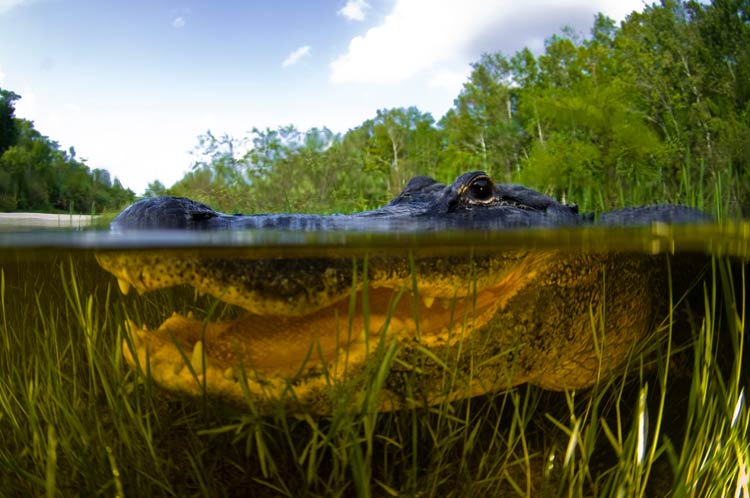
Location
Everglades National Park is located in the southern part of the state of Florida in the United States, specifically in Miami-Dade, Monroe, and Collier Counties. The park is bordered by the Atlantic Ocean to the east and Florida Bay to the south and west. The nearest major city to the park is Miami, which is approximately 40 miles (64 km) to the east.
Basic Facts About Everglades National Park
- Established in 1947
Everglades National Park was established on December 6, 1947 and is the largest subtropical wilderness in the United States. - World Heritage Site and Biosphere Reserve
The park has been designated a World Heritage Site and an International Biosphere Reserve, recognizing its unique and important ecosystem. - Home to a Diverse Array of Wildlife
The park is home to a diverse array of wildlife, including alligators, panthers, manatees, and a variety of bird species. - Climate
The park has a subtropical climate with hot and humid summers and mild, dry winters. - Activities
Visitors can explore the park through hiking, camping, canoeing, and airboat tours. - Size
Everglades National Park covers an area of approximately 1,509,000 acres (608,000 hectares) or 2,357 square miles (6,104 square kilometers).
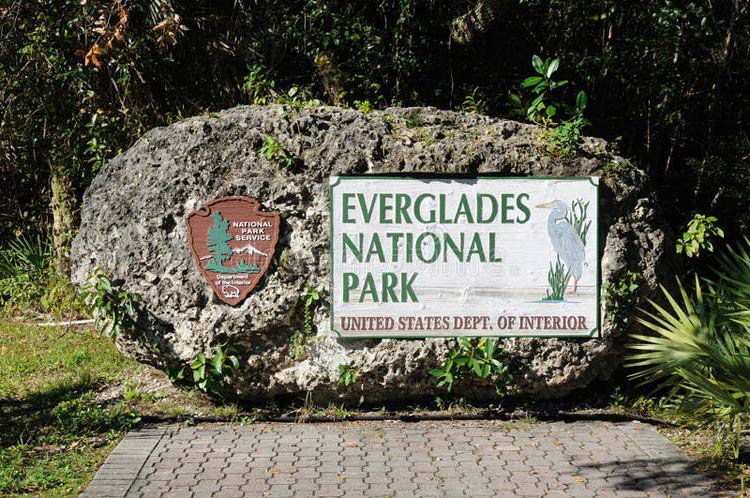
History and name of the Park
The history of Everglades National Park and its name can be traced back to the late 1800s and early 1900s, when the area was first recognized for its unique and valuable ecosystem. In 1947, the park was officially established and protected as a national park to preserve its natural resources and biodiversity.
The name “Everglades” comes from the Seminole word “Pa-hay-okee,” meaning “Grassy Waters.” The Everglades is a vast and slow-moving river of grass that flows from Lake Okeechobee in central Florida towards the Florida Bay. This unique and important ecosystem has been shaped by both geological processes and human influence, and its preservation as a national park has been an ongoing effort since its establishment.
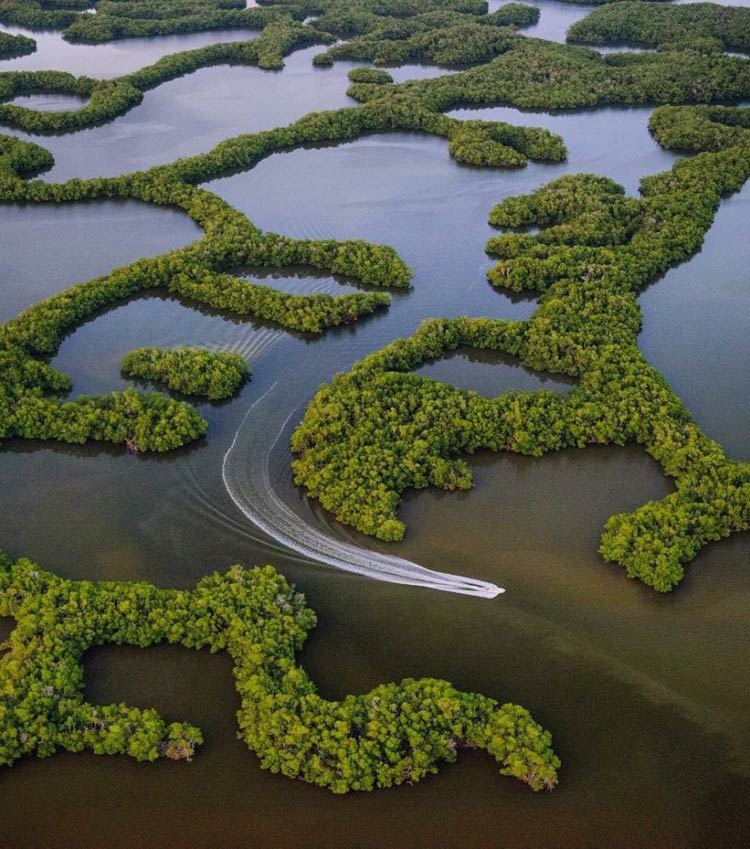
Geography
Everglades National Park is located in southern Florida in the United States, and it covers an area of approximately 1,509,000 acres (608,000 hectares) or approximately 2,357 square miles (6,104 square kilometers). The park is bordered by the Atlantic Ocean to the east and Florida Bay to the south and west.
The geography of the park is characterized by a complex system of wetlands, including sawgrass marshes, mangrove forests, and pine rocklands. The park is also home to several bodies of water, including Lake Okeechobee, the largest freshwater lake in the state of Florida, and the Florida Bay, which is a shallow estuary that is fed by the Everglades and the Gulf of Mexico.
In addition to its unique geography, the park is also known for its subtropical climate, which is characterized by hot and humid summers and mild, dry winters. The park’s location and climate have helped to create an ecosystem that is home to a diverse array of plant and animal species, many of which are found nowhere else in the world.
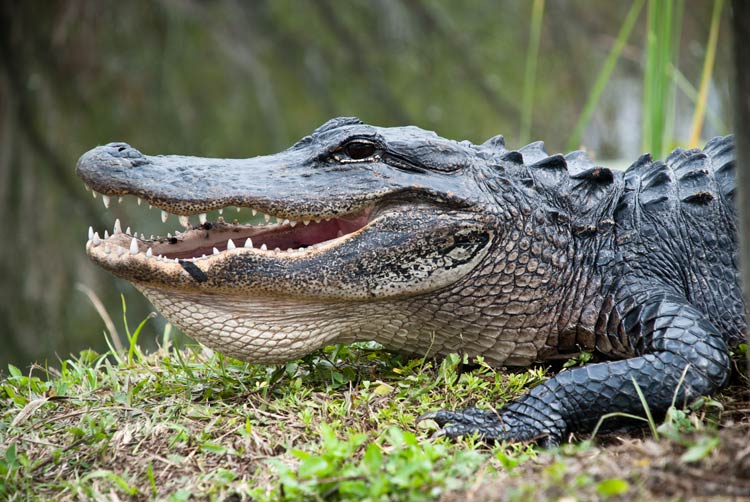
Features of the park
Everglades National Park is a unique and important protected natural area that is home to a variety of distinctive features and attractions. Some of the key features of the park include:
- Wetlands
The park is primarily comprised of wetlands, including sawgrass marshes, mangrove forests, and pine rocklands. These wetlands provide vital habitat for a diverse array of plant and animal species. - Bodies of Water
The park is home to several bodies of water, including Lake Okeechobee, the largest freshwater lake in the state of Florida, and the Florida Bay, which is a shallow estuary that is fed by the Everglades and the Gulf of Mexico. - Wildlife
The park is home to a diverse array of wildlife, including alligators, panthers, manatees, and a variety of bird species. Visitors can observe these species in their natural habitat through hiking, canoeing, and airboat tours. - Flora
The park is also home to a variety of unique and valuable plant species, including a diverse array of orchids, bromeliads, and ferns. - Climate
The park has a subtropical climate with hot and humid summers and mild, dry winters. winters. - Recreational Activities
Visitors can explore the park through hiking, camping, canoeing, and airboat tours. The park also offers opportunities for fishing, boating, and wildlife viewing. - Environmental Education
The park offers a variety of educational programs and activities that help visitors to learn about the park’s unique ecosystem and the importance of preserving it for future generations.
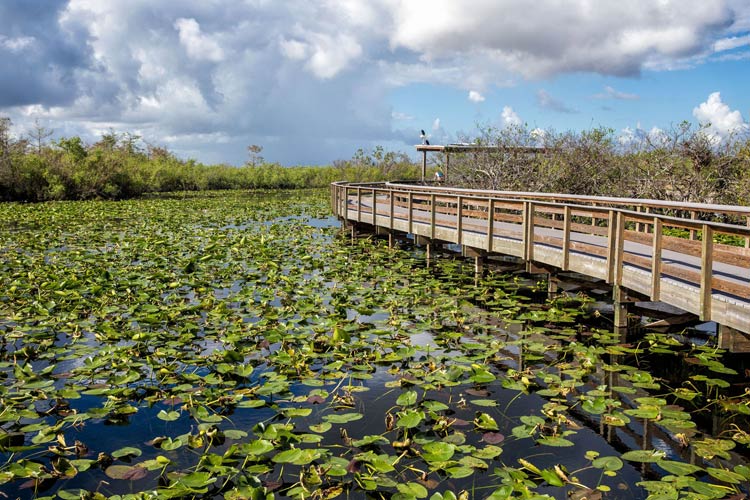
Geology
The geology of Everglades National Park is diverse and complex, shaped by both geological processes and human influence. Some of the key geological features of the park include:
- Limestone
The park is underlain by a layer of limestone, which is a sedimentary rock composed of calcium carbonate. The presence of limestone has helped to shape the park’s landscape by creating underground channels and springs that support the growth of vegetation and the development of wetlands. - River of Grass
The Everglades is a slow-moving river of grass that flows from Lake Okeechobee in central Florida towards the Florida Bay. This unique ecosystem is fed by the rainwater that falls in the park, and it is maintained by the delicate balance between the water that flows into the park and the water that flows out. - Sea-Level Changes
The park’s geography and geology have been shaped by changes in sea level over thousands of years. During the last ice age, sea level was much lower than it is today, and the Everglades extended far inland. As sea level has risen, the Everglades has become more confined to its present-day boundaries. - Human Influence
The geology of the park has also been influenced by human activity, including the construction of canals, levees, and water-control structures that have altered the natural flow of water in the park. These changes have had a significant impact on the park’s ecosystem, and ongoing efforts are being made to restore the natural flow of water in the park and to preserve its unique and valuable resources.

Climate
Everglades National Park has a subtropical climate, which is characterized by hot and humid summers and mild, dry winters. The park’s location near the coast and its proximity to the Atlantic Ocean and the Gulf of Mexico help to regulate its temperature and create a warm, humid climate throughout the year.
The average temperature in the park ranges from a high of 90°F (32°C) in the summer months to a low of 60°F (16°C) in the winter months. The park receives most of its rainfall during the summer months, when heavy thunderstorms are common, and it is relatively dry during the winter months.
The park’s climate and weather patterns play a crucial role in shaping its unique and valuable ecosystem. The park’s wetlands, for example, are dependent on a delicate balance of water flow, and changes in temperature or precipitation can have significant impacts on the park’s wildlife and vegetation.
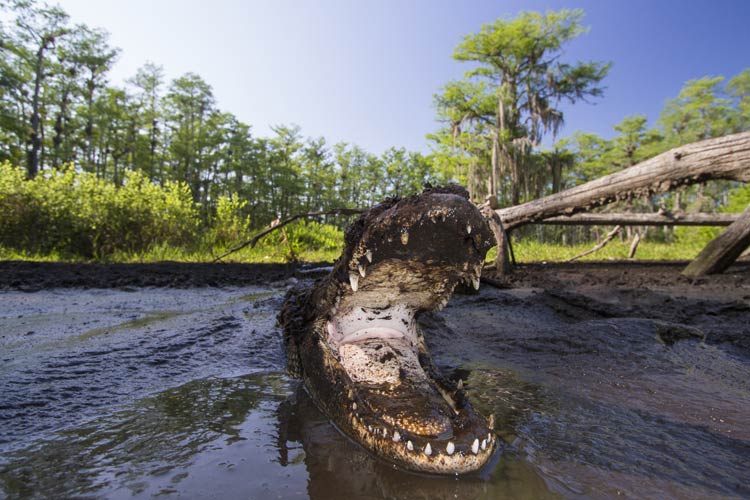
Flora of Everglades National Park
The vegetation in Everglades National Park is diverse and intricately structured. The park is home to a variety of plant associations, including mangrove forests, sawgrass marshes, and pine forests. The flora of the park is not only significant but also essential to the biodiversity of the region. The park contains approximately 1,400 native plant species, including both hardwoods and palms.
The mangroves in the park form a critical coastal ecosystem and support many crucial bird species. The park’s gentle and shallow waterways support sawgrass marshes and tree islands. The tree islands are habitats for several rare and threatened species, such as the Key Largo cotton mouse. The pinelands, containing slash pine and saw palmetto, are a fire-dependent ecosystem that requires regular fires to maintain the community structure. The flora of Everglades National Park serves as an essential part of the park’s delicate ecosystem. Protecting the diverse plant communities is vital to the survival of the Everglades region.
Everglades National Park is home to a diverse array of plant species, including many that are unique to the region. Some of the key plant species found in the park include:
- Mangrove Forests (Rhizophora mangle, Avicennia germinans)
Mangroves are salt-tolerant trees that are commonly found along the coasts and estuaries of the tropics. In the park, they are found in the Florida Bay and along the shores of the Gulf of Mexico. - Sawgrass Marshes (Cladium jamaicense)
Sawgrass is a common type of grass found in the park’s wetlands. It forms dense mats that provide habitat for a variety of wildlife species, including wading birds and alligators. - Pine Rocklands (Pinus elliottii, Pinus taeda)
Pine rocklands are areas of dry, upland forest that are dominated by pine trees. They are found in the higher, drier parts of the park and provide habitat for a variety of bird species and other wildlife. - Orchids (Orchidaceae)
The park is home to a variety of orchid species, including showy orchids, bee orchids, and butterfly orchids. - Bromeliads (Bromeliaceae)
Bromeliads are a type of flowering plant that grow in the park’s wetlands and pine rocklands. They are commonly attached to trees or other vegetation and are an important source of food and habitat for a variety of wildlife species. - Ferns (Polypodiopsida)
Ferns are a common type of vegetation found in the park’s wetlands and pine rocklands. They provide cover and habitat for a variety of wildlife species and play an important role in the park’s ecosystem. - Wildflowers (Asteraceae, Poaceae)
Wildflowers are a common sight in the park, especially during the spring and summer months. Many species of wildflowers are found in the park, including sunflowers, goldenrod, and grasses. - Swamp Bay Trees (Persea borbonia)
Swamp bay trees are tall, evergreen trees that are commonly found in the park’s wetlands and pine rocklands. They are an important source of food and habitat for a variety of wildlife species, including birds and insects. - Buttonwoods (Conocarpus erectus)
Buttonwoods are tall, broad-leaved trees that are commonly found in the park’s mangrove forests and along the shores of the Gulf of Mexico. They are an important source of food and habitat for a variety of wildlife species, including wading birds and manatees. - Wild Tamarind Trees (Lysiloma latisiliquum)
Wild tamarind trees are tall, deciduous trees that are commonly found in the park’s pine rocklands. They are an important source of food and habitat for a variety of wildlife species, including birds and insects.
These are just a few of the many plant species found in Everglades National Park, and they help to make the park one of the most unique and valuable ecosystems in the world.
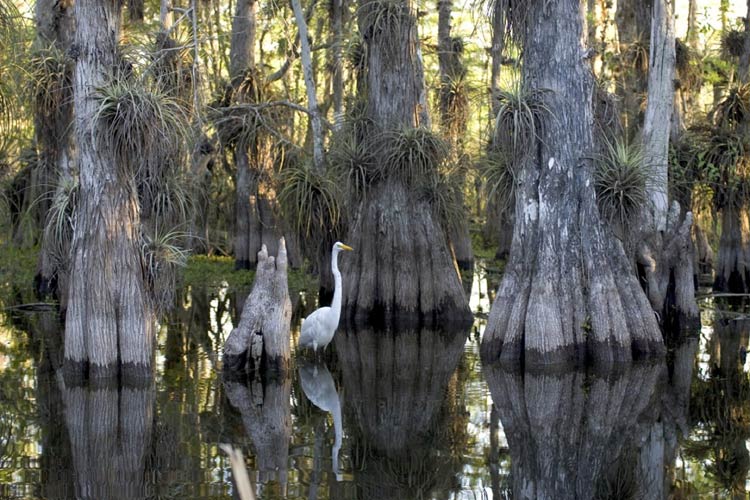
Fauna of Everglades National Park
Everglades National Park is home to a rich and diverse array of wildlife species, many of which are unique to the region. Some of the key animal species found in the park include:
- American Alligator (Alligator mississippiensis)
The American alligator is a large reptile that is commonly found in the park’s wetlands and waterways. It is an important predator in the park’s ecosystem and plays a crucial role in maintaining the balance of the park’s wildlife populations. - West Indian Manatee (Trichechus manatus)
The West Indian manatee is a large, slow-moving aquatic mammal that is commonly found in the park’s waterways and estuaries. It is an herbivore and feeds on a variety of aquatic plants, and it is an important part of the park’s food web. - White-tailed Deer (Odocoileus virginianus)
White-tailed deer are common throughout the park and can be found in a variety of habitats, including pine rocklands and wetlands. They are an important part of the park’s food web and play a crucial role in maintaining the balance of the park’s plant communities. - American White Pelican (Pelecanus erythrorhynchos)
The American white pelican is a large, waterbird that is commonly found in the park’s wetlands and waterways. It is an important part of the park’s food web and plays a crucial role in maintaining the balance of the park’s fish and other aquatic species. - Wood Stork (Mycteria americana)
The wood stork is a large, wading bird that is commonly found in the park’s wetlands and waterways. It is an important part of the park’s food web and feeds on a variety of fish and other aquatic species. - Wood Duck (Aix sponsa)
The wood duck is a colorful, medium-sized duck that is commonly found in the park’s wetlands and waterways. It is an important part of the park’s food web and feeds on a variety of aquatic plants and insects. - Bald Eagle (Haliaeetus leucocephalus)
The bald eagle is a large bird of prey that is commonly found in the park’s pine rocklands and wetlands. It is an important predator in the park’s ecosystem and feeds on a variety of fish, birds, and other wildlife species.
These are just a few of the many animal species found in Everglades National Park, and they help to make the park one of the most unique and valuable ecosystems in the world.

Tourism and tourist main attractions in the park
Everglades National Park is one of the most popular tourist destinations in the United States, attracting millions of visitors each year. Some of the main tourist attractions and activities in the park include:
- Wildlife Viewing
Everglades National Park is known for its diverse and abundant wildlife, including American alligators, West Indian manatees, and a wide variety of bird species. Visitors can take guided tours, go on wildlife drives, and go on hiking trails to observe the park’s wildlife in its natural habitat. - Boat Tours
The park’s waterways and estuaries offer a unique and beautiful perspective of the park’s ecosystems and wildlife. Visitors can take guided boat tours to see the park’s wetlands and mangrove forests up close. - Canoeing and Kayaking
Canoeing and kayaking are popular activities in the park, and visitors can rent canoes and kayaks to explore the park’s waterways and wetlands at their own pace. - Hiking and Camping
The park has a variety of hiking trails that offer stunning views of the park’s ecosystems and wildlife. Visitors can also camp overnight in the park and experience the park’s wilderness after hours. - Fishing
Fishing is a popular activity in the park, and visitors can fish in the park’s waterways and estuaries for a variety of fish species, including snook, tarpon, and redfish. - Anhinga Trail
The Anhinga Trail is a popular 0.8-mile (1.3 km) boardwalk trail that winds through the park’s wetlands and mangrove forests. Visitors can observe the park’s wildlife, including American alligators and a variety of bird species, from the boardwalk.
These are just a few of the many tourist attractions and activities available in Everglades National Park, and they help to make the park one of the most unique and valuable tourist destinations in the world.
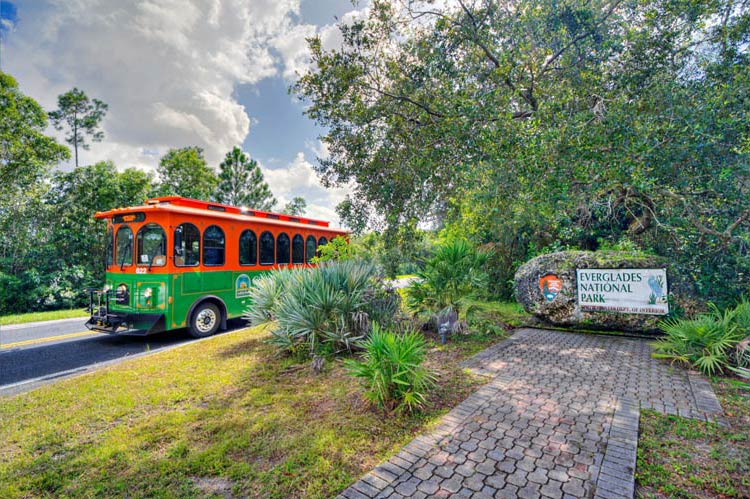
How To Reach To Everglades National Park?
To reach Everglades National Park, you can use the following transportation options:
By car
- From Miami, take US-1 South to Florida City, then turn left onto Palm Drive (State Road 9336) and follow the signs to the park. (Distance: 38 miles or 61 km)
- From Fort Lauderdale, take I-595 West to I-75 South to Exit 25 (FL-84 West) to US-27 South, then turn left onto Palm Drive (State Road 9336) and follow the signs to the park. (Distance: 85 miles or 137 km)
By air
- The nearest major airports are Miami International Airport (MIA) and Fort Lauderdale-Hollywood International Airport (FLL).
- From the airport, you can rent a car or take a shuttle or taxi to the park.
By public transportation
- Miami-Dade Transit operates bus routes to the park from Miami and Homestead.
- Tri-Rail provides train service from Miami, Fort Lauderdale, and West Palm Beach to the Metrorail station in Hialeah, where you can transfer to a bus that goes to the park.
Note: The park has several entrances, so be sure to check which entrance is closest to your location. Also, be aware that some areas of the park are only accessible by boat or hiking trails.
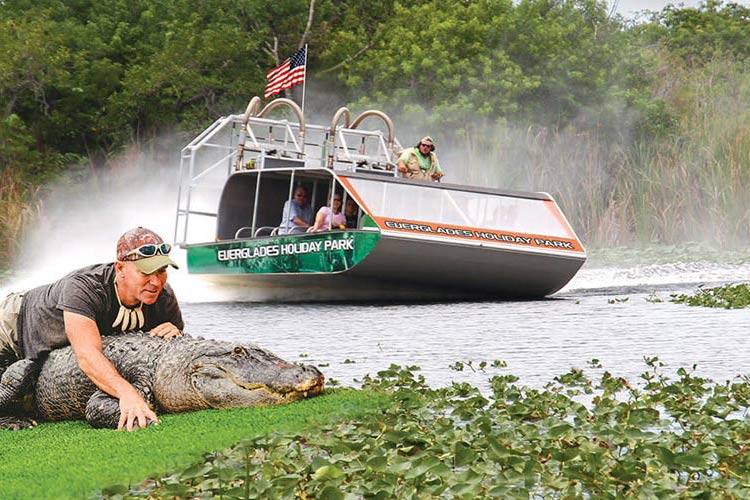
Best Time To Visit Everglades National Park
The best time to visit Everglades National Park depends on your interests and preferences. Here are some factors to consider:
Weather
The dry season, which runs from November to April, is generally considered the best time to visit the park, as the weather is cooler and drier with less chance of rain. The wet season, from May to October, brings higher temperatures, humidity, and frequent thunderstorms.
Wildlife viewing
The dry season is also the best time for wildlife viewing, as animals are more active and easier to spot due to the lower water levels. In particular, the winter months (December to February) are a popular time for birdwatching, as many migratory species visit the park during this time.
Activities
The wet season is a good time for boating, fishing, and paddling, as water levels are higher and there are more opportunities to explore the park’s waterways. However, be aware that some areas of the park may be closed due to flooding during this time.
Crowds
The park is generally less crowded during the summer months (June to August) and on weekdays outside of holiday periods. However, some visitor centers and facilities may have reduced hours during this time.
So, depending on your interests and preferences, the best time to visit Everglades National Park could be in the dry season for wildlife viewing or in the wet season for water activities. It’s always a good idea to check the park’s website and weather forecast before planning your trip.
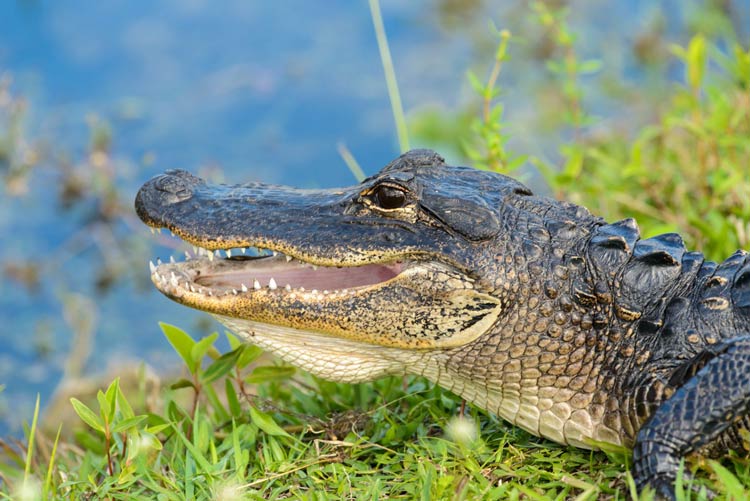
Everglades National Park in numbers
Here are some key statistics about Everglades National Park:
- Size: 1,509,000 acres (608,800 hectares)
- Year established: 1947
- Average annual visitors: 1.5 million
- Length of park’s coastline: 95 miles (153 km)
- Elevation range: 0 to 8 feet (0 to 2.4 meters) above sea level
- Hiking trails: 40 miles (64 km) of trails
- Campgrounds: 3 frontcountry campgrounds and 1 backcountry campground
- Canoe and kayak trails: 99 miles (159 km) of trails
- Number of species of birds: Over 300 species
- Number of species of fish: Over 170 species
- Number of species of reptiles: Over 50 species
These numbers give a general idea of the size and scope of Everglades National Park and its popularity as a tourist destination. The park is unique in its size and diversity, and it provides a valuable habitat for a wide range of wildlife species.
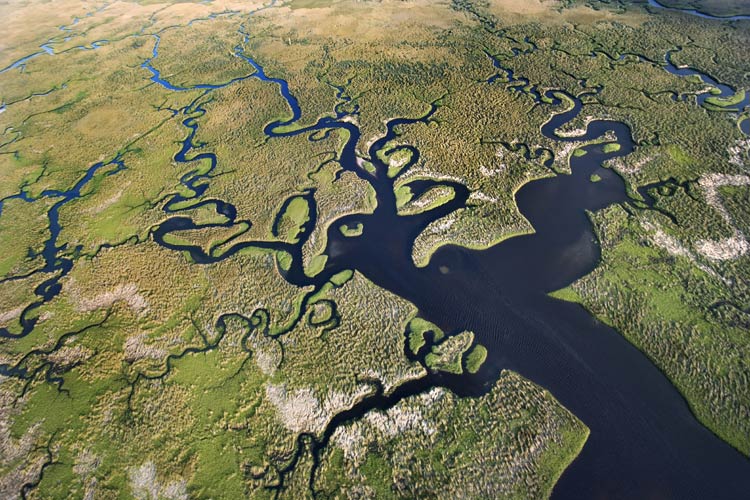
Conservation
Q: What is the current status of conservation efforts in Everglades National Park?
A: Conservation efforts in Everglades National Park are ongoing and are aimed at preserving and restoring the park’s unique ecosystem and its many species of plants and animals. Efforts include removing invasive species, restoring hydrologic flow patterns, and protecting habitats for threatened and endangered species. The park is also monitored for the impacts of climate change and other environmental threats, and management plans are updated as needed to address these issues.
Q: What is the role of partnerships in conservation efforts in Everglades National Park?
A: Partnerships between the National Park Service, local communities, non-profit organizations, and government agencies play an important role in the conservation efforts in Everglades National Park. These partnerships allow for the sharing of resources, expertise, and support, and help to ensure the long-term success of conservation efforts in the park.
Q: What are some of the ongoing challenges facing conservation in Everglades National Park?
A: Some of the ongoing challenges facing conservation in Everglades National Park include the effects of climate change, the spread of invasive species, and the impact of human development on the park’s ecosystems and wildlife. In addition, the park’s vast size and remote location make it difficult and expensive to manage and protect.
Q: What is being done to address the issue of invasive species in the park?
A: Efforts are underway to address the issue of invasive species in Everglades National Park, including the use of herbicides, mechanical removal, and biological controls such as the release of natural predators. In addition, park management is working to raise awareness about the dangers of invasive species and the importance of preventing their spread.
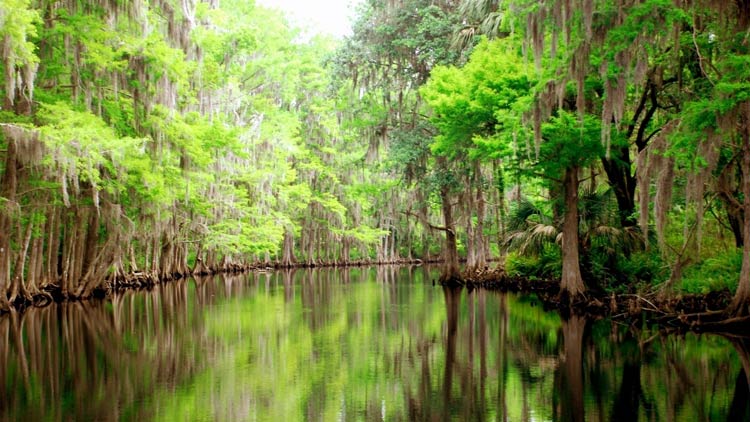
Interesting facts about Everglades National Park
- UNESCO World Heritage Site: Everglades National Park was designated as a UNESCO World Heritage Site in 1979, recognizing its exceptional natural value and ecological importance.
- Largest Subtropical Wilderness: Everglades National Park is the largest subtropical wilderness in the United States and one of the largest in the world.
- Unique Ecosystem: The Everglades is a unique ecosystem, with a mix of fresh and saltwater, and is home to a diverse range of plant and animal species.
- “River of Grass”: The Everglades is often referred to as the “River of Grass” because of the slow-moving shallow water that covers much of the park.
- American Alligator: The American alligator is one of the most iconic animals in the park and is found nowhere else in the world except in the southeastern United States.
- Threatened Species: The park is home to several threatened species, including the West Indian manatee, American crocodile, and wood stork.
- Human History: Humans have lived in the Everglades for thousands of years, and the park has a rich cultural history, with the Seminole Tribe being one of the most recent indigenous groups to call the area home.
- Climate Change: Climate change is a major threat to the Everglades, as rising sea levels and changes in precipitation patterns are altering the park’s ecosystems and wildlife habitats.
- Restoration Efforts: The park is undergoing significant restoration efforts to protect and preserve its unique ecosystems and wildlife.
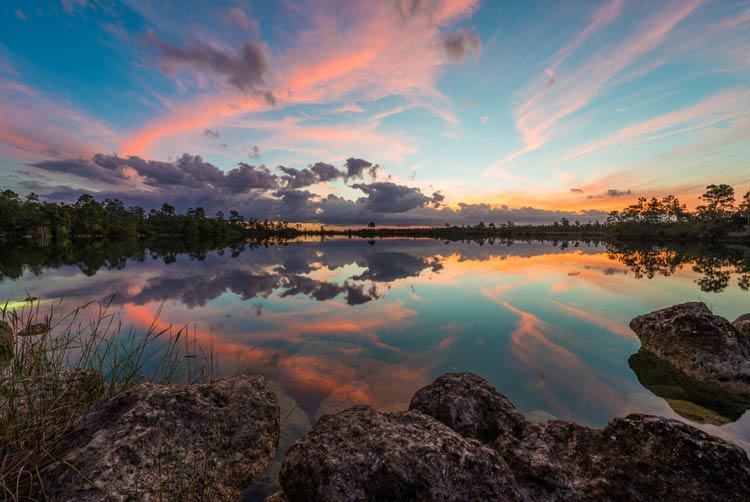
Q&A (questions and answers) about Everglades National Park
Q: When was Everglades National Park established?
A: Everglades National Park was established in 1947.
Q: What is the size of Everglades National Park?
A: The size of Everglades National Park is 1,509,000 acres (608,800 hectares).
Q: What is the significance of Everglades National Park?
A: Everglades National Park is a UNESCO World Heritage Site and is recognized for its exceptional natural value and ecological importance. It is the largest subtropical wilderness in the United States and is home to a unique and diverse range of plant and animal species.
Q: What is the main ecosystem in Everglades National Park?
A: The main ecosystem in Everglades National Park is the “River of Grass,” which is a slow-moving shallow water system that covers much of the park.
Q: What are some of the wildlife species found in Everglades National Park?
A: Some of the wildlife species found in Everglades National Park include the American alligator, West Indian manatee, American crocodile, wood stork, and over 300 species of birds.
Q: What is the climate like in Everglades National Park?
A: The climate in Everglades National Park is subtropical, with warm and humid summers and mild winters. The park receives heavy rainfall from June to September, with occasional hurricanes.
Q: What is the main threat to Everglades National Park?
A: Climate change is the main threat to Everglades National Park, as rising sea levels and changes in precipitation patterns are altering the park’s ecosystems and wildlife habitats.
Q: What is being done to preserve Everglades National Park?
A: The park is undergoing significant restoration efforts to protect and preserve its unique ecosystems and wildlife. These efforts include restoring hydrologic flow patterns, controlling invasive species, and protecting and restoring habitats for threatened and endangered species.
Q: Who were the first humans to live in the Everglades area?
A: Native Americans, including the Calusa and Tequesta tribes, were the first humans to live in the Everglades area.
Q: What is the “River of Grass”?
A: The “River of Grass” is a nickname for the slow-moving shallow water system that covers much of Everglades National Park. This unique ecosystem is characterized by its wide expanse of sawgrass marshes and provides habitat for a diverse range of plant and animal species.
Q: What is the significance of the American alligator in Everglades National Park?
A: The American alligator is one of the most iconic animals in Everglades National Park and is found nowhere else in the world except in the southeastern United States. It plays an important role in the park’s ecosystem, as a top predator and regulator of other species populations.
Q: What are some of the threatened and endangered species found in Everglades National Park?
A: Some of the threatened and endangered species found in Everglades National Park include the West Indian manatee, American crocodile, wood stork, and several species of sea turtles.
Q: What is the history of human habitation in the Everglades area?
A: Humans have lived in the Everglades area for thousands of years, with the Seminole Tribe being one of the most recent indigenous groups to call the area home. European settlers arrived in the 19th century and altered the landscape through agriculture and development.
Q: What is being done to address the effects of climate change in Everglades National Park?
A: Efforts are underway to address the effects of climate change in Everglades National Park, including efforts to restore hydrologic flow patterns, control invasive species, and protect and restore habitats for threatened and endangered species. Park management is also monitoring and tracking the impacts of climate change on the park’s ecosystems and wildlife.
